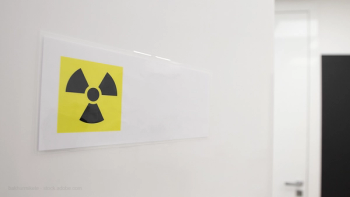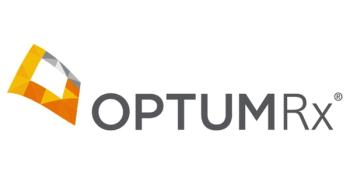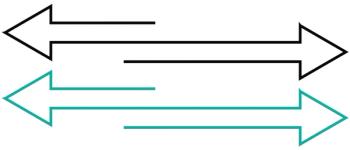
Crunching the Cost-Benefit Numbers of Immune Checkpoint Inhibitors for NSCLC
Population-level study of Medicare beneficiaries shows marked improvement in survival statistics but also an 8.6% jump in Medicare spending.
The introduction of Opdivo (nivolumab) and Keytruda (pembrolizumab) was associated with improvement of the survival rates of Medicare beneficiaries with advanced nonsmall cell lung cancer (NSCLC), according to a new population-based study that included more than 25,000 Medicare beneficiaries diagnosed with NSCLC
But the results, reported in the journal
Lead author Bora Youn, Ph.D., and her colleagues describe the survival improvements between 2012 and 2015 (inclusive of 2012 and 2015) as “noteworthy,” especially considering the poor prognosis of advanced NSCLC. They also say their findings fit with
Using SEER data for stage IIIB-IV NSCLC, they calculated that the one-year survival rate for NSCLC in 2012 was 32%. By 2015, it had increase to 35.9%, a 3.9 percentage point jump. Similarly, the median survival time of the NSCLC population increased from 6.3 months in 2012 to 6.7 months in 2015, by Youn and the research team’s calculations.
These improvements, calculated at a population level and not just for those who were treated with the new drugs, occurred as the proportion of NSCLC patients prescribed an immune checkpoint inhibitor increased.
Among the roughly 6,500 patients who were diagnosed in 2014, 7% were prescribed an immune checkpoint inhibitor within two years of getting a diagnosis (NSCLC was added as an indication for Opdivo and Keytruda late 2015), according to these results. Among a similar number of patients diagnosed in 2015, that proportion more than doubled, to 15%.
This surge in prescriptions shows up inMedicare spending on NSCLC treatment, according to the researchers’ numbers. Youn and her colleagues report that in 2012, the total Medicare expenditure on patients with NSCLC in the two years after their diagnosis was, on average, $66,848. (Youn and her colleagues tallied up Medicare A and B reimbursements for inpatient and outpatient care, hospice, home healthcare and durable medical equipment to arrive a figure for total Medicare expenditure.) By 2015, the average Medicare spend in the two years after diagnosis had increased to $72,583, a difference of $5,735, which works out to an 8.6% increase, and most of the increase was in outpatient cost attributable to the immune checkpoint inhibitors. (Outpatient costs increased by $7,661, which was partly offset by a decrease of $1,349 in costs associated with acute inpatient care.)
Those figures are an average for all the NSCLC patients included in this study. Youn and her colleagues also sifted through the records to identify 1,324 patients with at least one immune checkpoint inhibitor claim within two years of diagnosis. In that group, the total Medicare spending in the two years after diagnosis was $159,725, of which $39,023 was for the immune checkpoint inhibitor medication.
Newsletter
Get the latest industry news, event updates, and more from Managed healthcare Executive.




















































